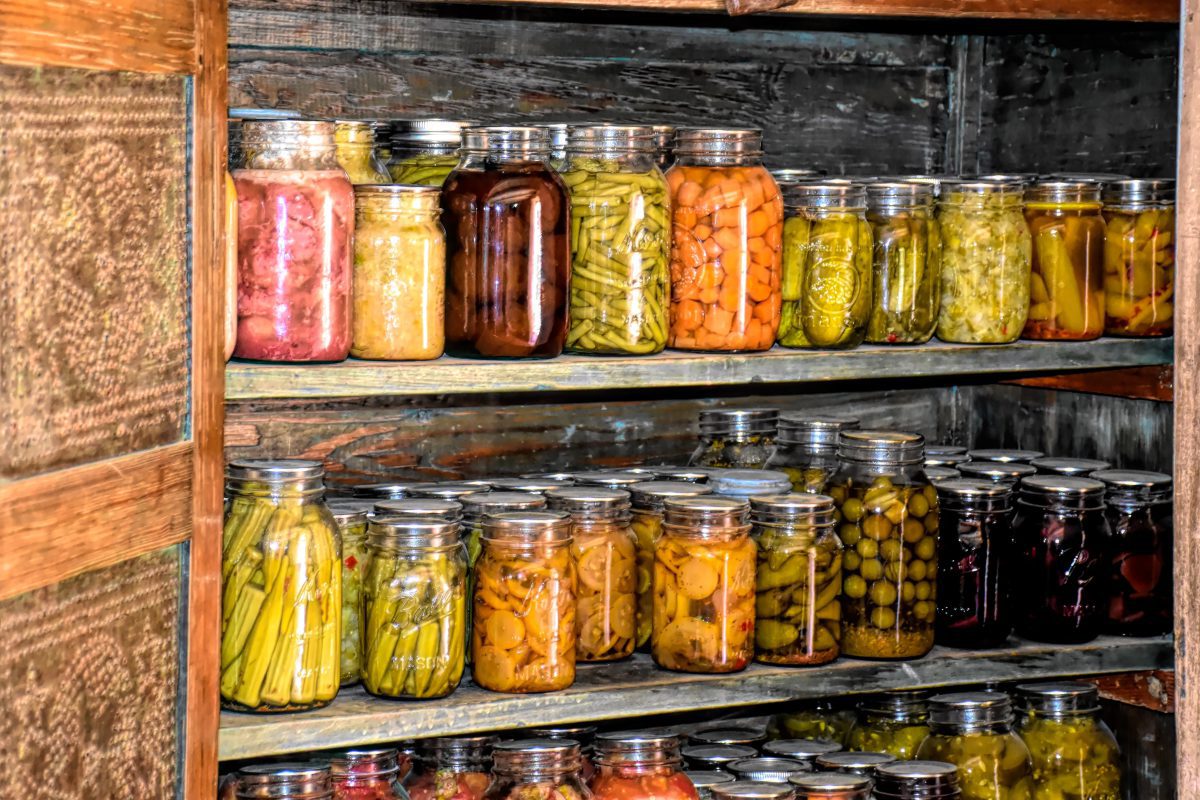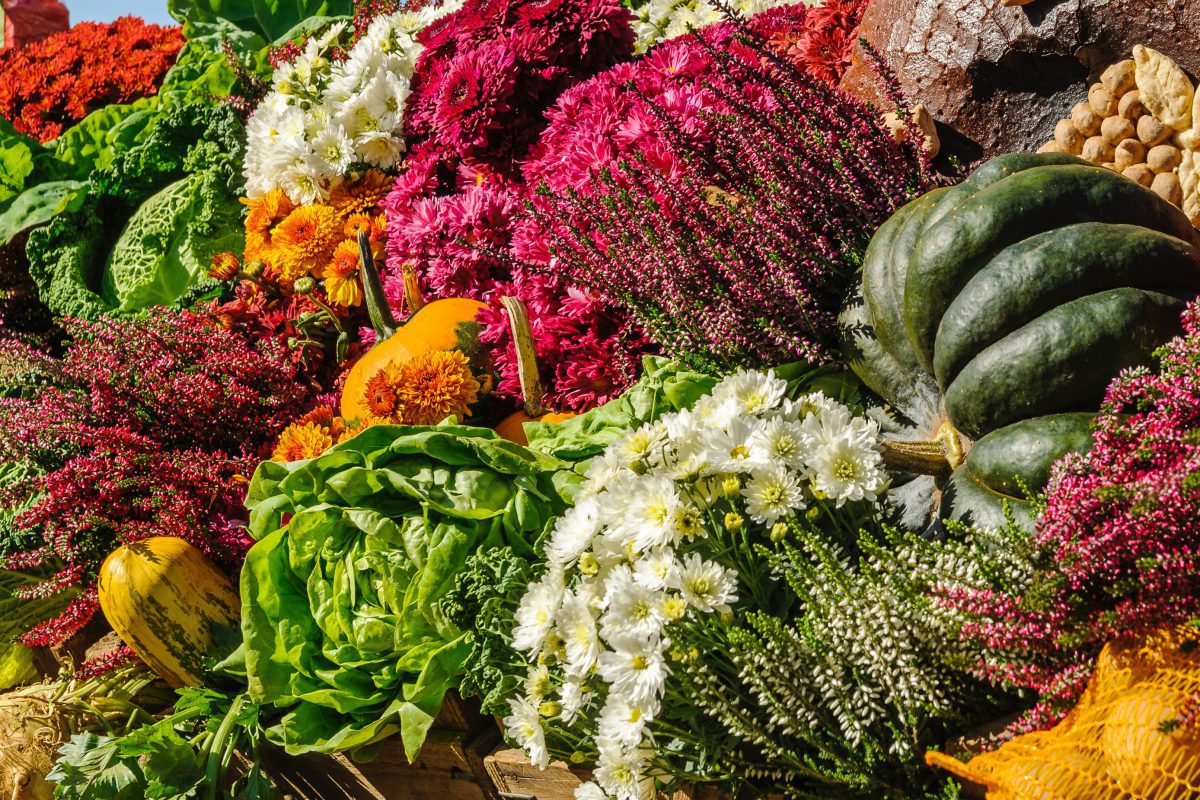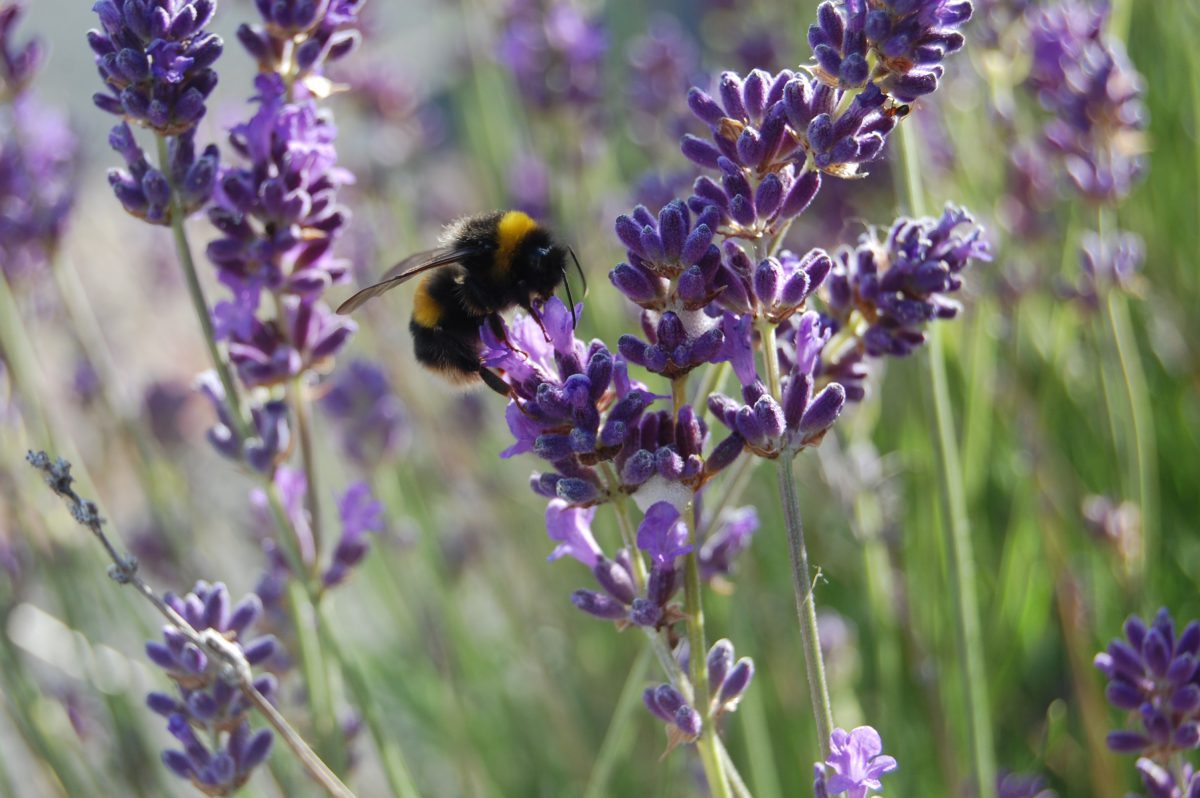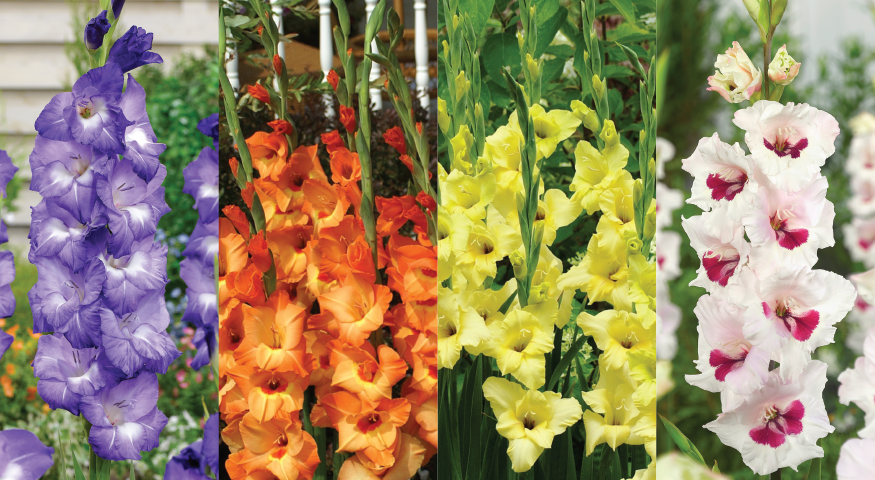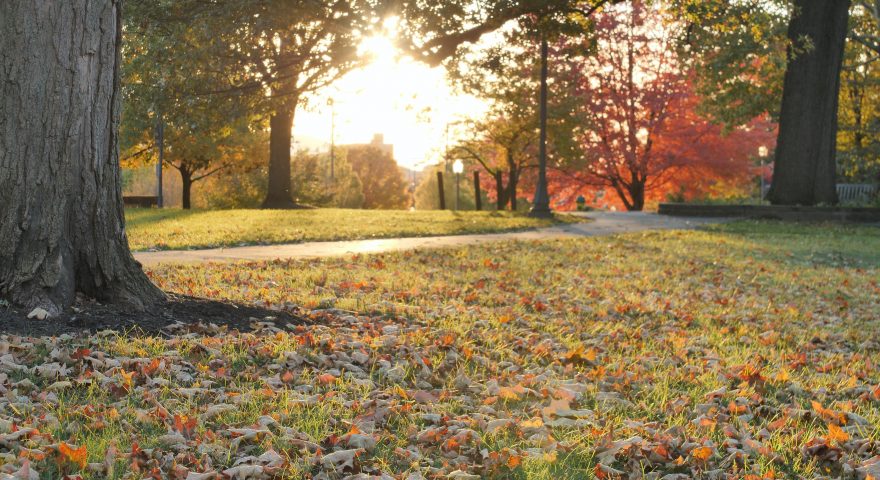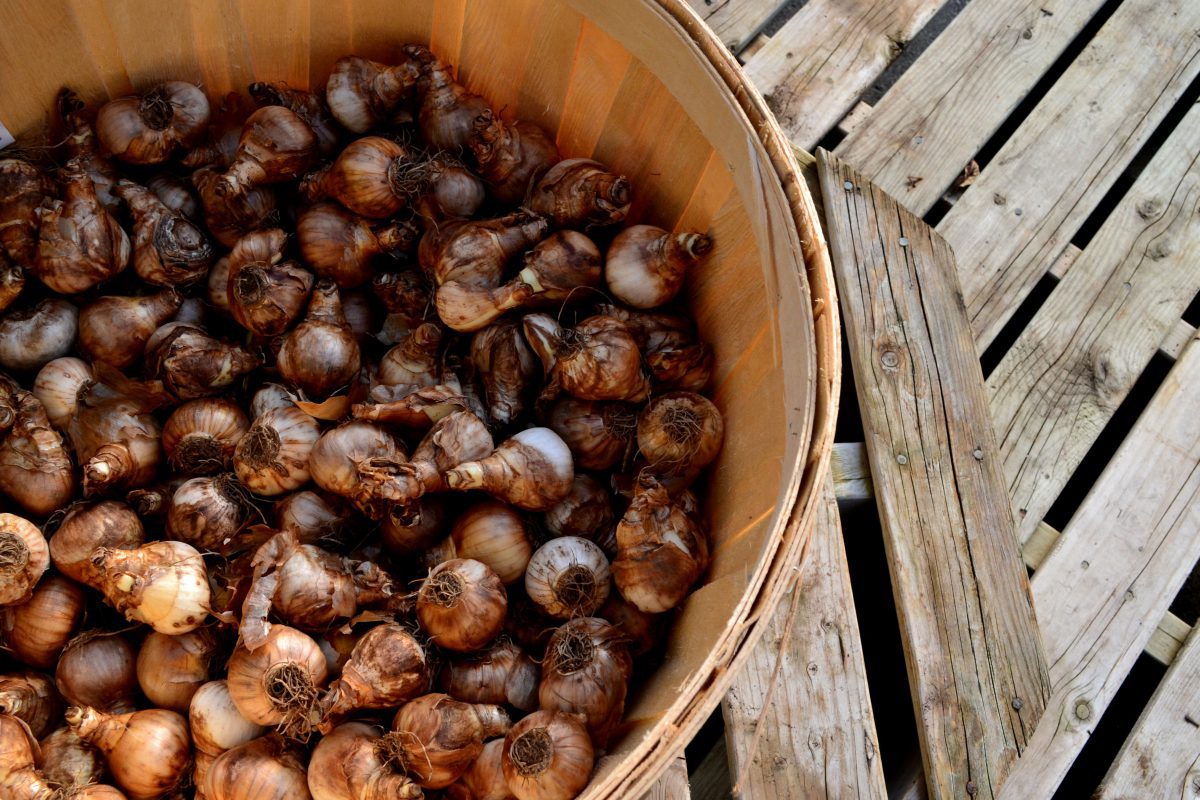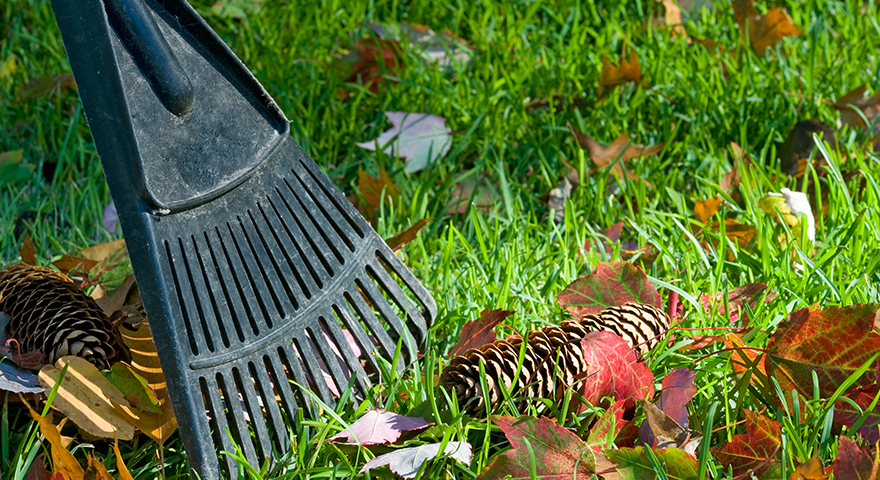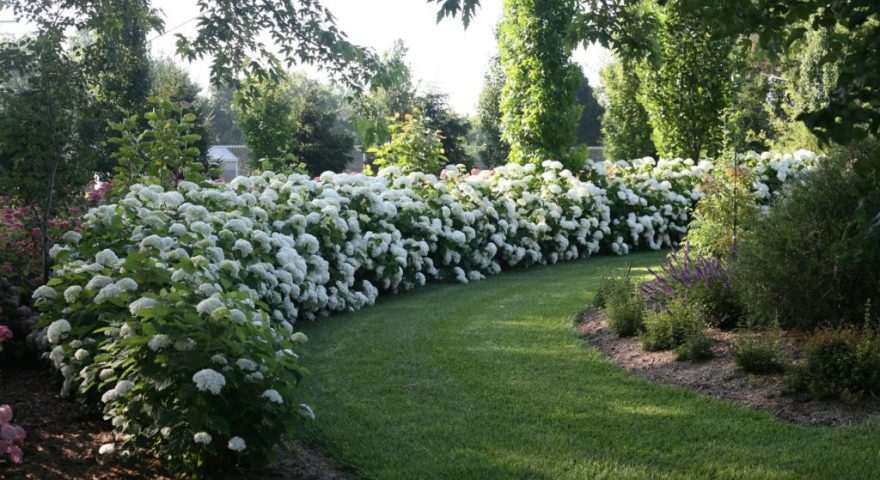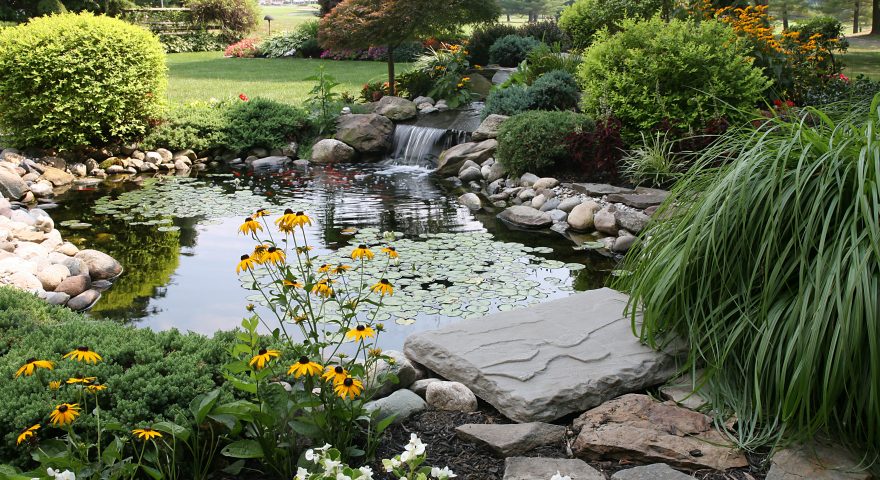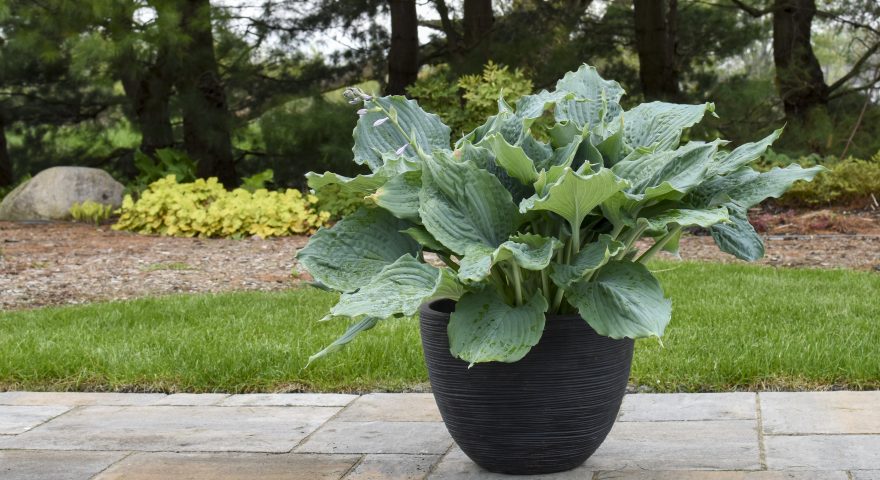The gladiolus, also known as “glads”, is a beautiful symbol of summer’s arrival. These impressive flowers look stunning in the garden or as an elegant arrangement in a vase.
Easy to grow, gladiolus are ideal for novice gardeners. The corms are planted in the spring and within a few weeks, their orchid-like blooms will quickly fill your garden with colour.
The gladiolus originated in Africa and Eurasia, finding its way to North America in the mid-1900s. Their impressive size prompted experts to deem them the Latin term Gladius or “sword”, leading to their appropriate nickname, the sword lily.
Standing on stems that can reach upwards of five feet, gladiolus come in a variety of striking colours, with each flower adorned with smaller blooms. These blooms reach a width of about 3 to five inches across.
Here are some helpful hints on how you can grow delightful gladiolus in your garden.
